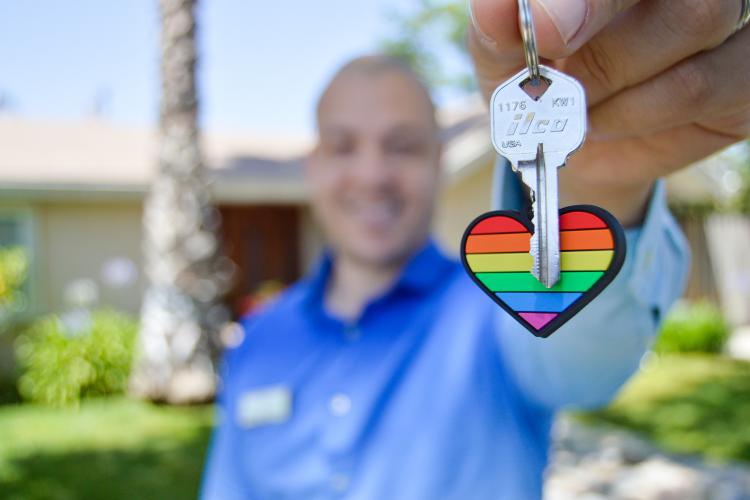Benchmarking: How Des Moines is Establishing a New Baseline in the Midwest
Des Moines, Iowa joined the ranks of some of the most sustainability-conscious cities in the Midwest when the city council adopted a new benchmarking ordinance on June 3, 2019. The ordinance will require all city-owned buildings and privately-owned commercial and multifamily buildings larger than 25,000 square feet to report their energy and water usage to the city. Currently, large buildings in Des Moines account for 56% of greenhouse gas emissions, and this initiative will aid in the city’s goal of reducing their emissions 28% by 2025.








